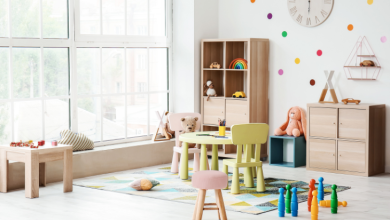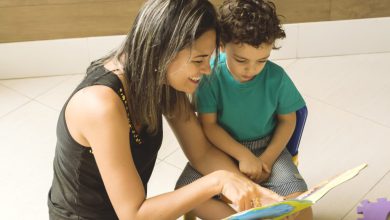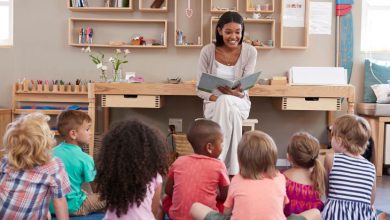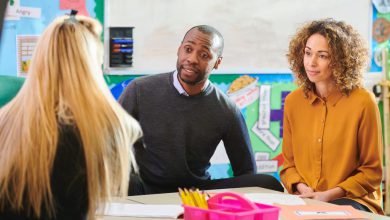Simple Activities for Teaching Preschoolers to Read

Simple Activities for Teaching Preschoolers to Read
With only ⅓ of American children currently reading at grade level, parents today are looking for effective ways to help their kids read with confidence and instill a lifelong love of reading.
Learning to read is a process that occurs in phases, not a single event. According to the National Association for the Education of Young Children, the preschool years are an important time for awareness and exploration of spoken language along with the development of fundamental reading and writing skills.
The good news is there are many easy things that you can do every day to encourage early literacy development for your child, along with selecting a quality preschool curriculum that uses evidence-based instruction methods.
Talking and Listening
Even the simple act of talking to your baby promotes language skills, which translates into reading success down the road.
During the first year of life, babies learn a great deal about spoken language organically from listening to and imitating other people. In fact, the National Institute for Literacy reports that children who don’t hear enough spoken language in their first year are more likely to struggle with reading when they start school.
- The slow, exaggerated style of baby talk helps your child become familiar with the individual sounds that make up the words you speak.
- Combining sounds and gestures also helps children learn what the words mean.
- The give and take of conversation promotes baby’s social development.
Books and Everyday Print
Books play a major role in early literacy, but think of all the other ways we use written language in everyday life! In addition to reading with your child, all of these provide excellent opportunities to promote your child’s literacy development.
- The labels on the products we use tell us about what’s inside the container.
- Making a list before going to the store helps us remember what we need to buy. In-store signs help us find the products we are looking for.
- Traffic signs tell us important things like when to stop, how fast we can drive and which street we’re on.
- Billboards contain information about restaurants, stores and other places close by.
- Menus help us decide what foods we’d like to eat at a restaurant.
- Magazines and newspapers at home and in waiting rooms give us information about things going on in the world.
Making Phonics Fun
Successful reading requires connecting what we hear in conversation with the printed words we read and write. That’s what we mean by phonics.
Phonics in early childhood education makes it easier for kids to learn new vocabulary words and transition to reading for understanding — which is the purpose of reading in the first place!
And as literacy expert and best-selling author Peg Tyre explains, phonics doesn’t mean boring drills or rote memorization.
- Parents and teachers alike can both help kids learn phonics in fun and engaging ways.
- Songs, stories and rhyming games are all playful activities that also teach phonics.
- Reading aloud with your child introduces new vocabulary words and helps the brain build stronger connections between the printed and spoken word.
Spelling and Writing
Writing promotes reading, and vice versa. It also builds fine motor skills and can be included in structured lessons as well as free play at home and at preschool.
- Writing and drawing can both be part of play time. Provide crayons, markers, paper and coloring books along with other toys.
- Encourage your child to write their name on assignments and drawings.
- Let your child practice writing their own shopping list when you make yours.
- Writing short thank you notes after receiving birthday or holiday gifts is another great way to develop literacy skills, as well as good manners!
Effective reading instruction builds vocabulary, fluency and comprehension, and can take place at home and at school, in formal and informal settings.
At Little Sunshine’s Playhouse & Preschool®, our proprietary Creatively Shine™ curriculum uses fun, hands-on teaching methods to promote early literacy for a lifetime of learning success.
To learn more, contact a location near you today!
Check out our earlier blog post on why reading to your child is a great idea:
How to Make the Most of Reading to Your Child





